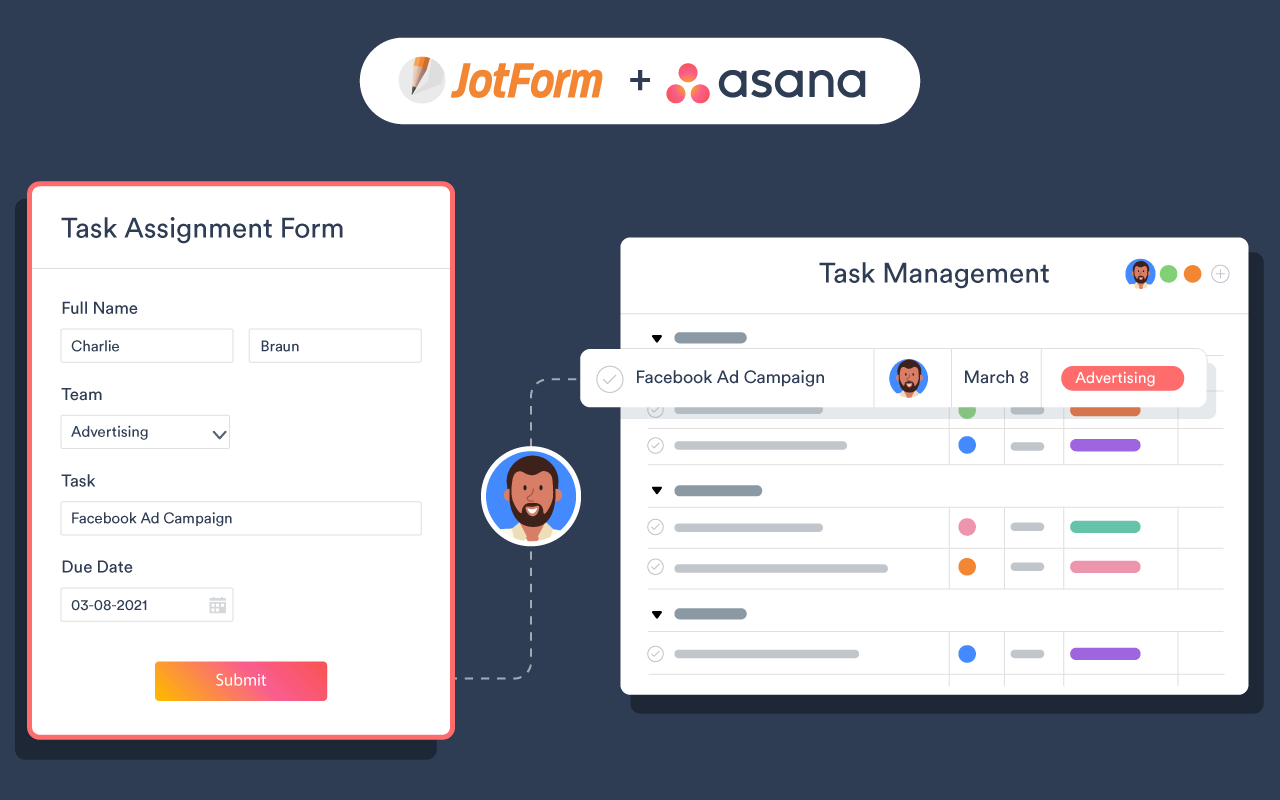

- #ASANA ENTERPRISE WORK GRAPH BUILDER APIS UPDATE#
- #ASANA ENTERPRISE WORK GRAPH BUILDER APIS MANUAL#
- #ASANA ENTERPRISE WORK GRAPH BUILDER APIS CODE#
The forthcoming Workflow Builder and Library will give teams the ability to create their ownworkflows or leverage best-in-class, pre-built workflows to power projects and drive efficiencies. "It’s almost like an X-ray vision of the processes and projects and Asana, which you can set up without being a technologist." “The Workflow Builders are a really graphical way for users to set up how teams work together and how they have handoffs,” he said. One of the biggest challenges reported in Asana’s Anatomy of Work survey is an inability to collaborate effectively, he noted. Hood said cross-team coordination can be chaotic, often with work living in team-specific silos and spreadsheets.
#ASANA ENTERPRISE WORK GRAPH BUILDER APIS CODE#
Cross-team coordination and improved visibilityĪsana’s new Workflow Builder allows anyone to create workflows via the point-and-click tools that builds and automates all the steps, removing the need to code anything.
#ASANA ENTERPRISE WORK GRAPH BUILDER APIS MANUAL#
AsanaĪsana will soon deliver automatic progress updates for Goals that provide real-time insights on the achievement of company objectives, with no manual work needed.
#ASANA ENTERPRISE WORK GRAPH BUILDER APIS UPDATE#
By linking an Asana goal to a CRM tool report, for example, the goal will automatically update in Asana, keeping all stakeholders across an organization informed. “ the ability to set goals in Asana at a corporate level and then make sure that all the work is linked to those goals so you can actually see how the goals are progressing over time,” Hood said. With the Goals API, organizations seeking a holistic view of their goals in a single place, automatic progress updates and the ability to make changes to goals in their tools of choice can now achieve this programmatically by building custom integrations. “Asana's challenge is to demonstrate to those who don't believe their work can be part of a workflow that Asana still brings significant benefits in time savings and productivity,” Kurtzman said.Īs part of its new offering, Asana is evolving its Goals offering, with a new Goals API connecting goals with data and insights from mission-critical tools to monitor impact and inform executive decisions. Wayne Kurtzman, an analyst at IDC, said that although the new capabilities being offered by Asana focus on the enterprise, small and midsize companies could benefit from many of the same features.

And we've had to respond and create an adaptable enterprise offering for our larger customers seeking to adapt,” Hood said. “With the pandemic, CIOs have noticed that they need to invest in collaboration and security - those are the two big spending priorities for the largest enterprises as it relates to their tech stack. For the C-suite, that number rises to an average of 40 tools, around 30 times a day. Research carried out by Asana shows that knowledge workers switch among an average of 10 tools, 25 times a day. Hood, who calls this "work about work," noted that as enterprises grow, so does their work about work, with organizations of 5,000 or more employees losing 63% of those employees' time to it every week. The new capabilities aim to align teams around goals, coordinate workflows across teams and time zones, and provide visibility into where work stands in real time.Īlongside the new Work Graph data model, Asana is introducing enterprise-grade security and controls to its platform.Īlex Hood, chief product officer at Asana, explained that companies of every size and across all industries are losing countless hours to nonproductive work - the time wasted on searching for information, switching between apps, or holding status meetings. Asana, a work management platform for teams, today announced the Enterprise Work Graph, a suite of features designed to give greater clarity and flexibility to enterprise workflows.


 0 kommentar(er)
0 kommentar(er)
